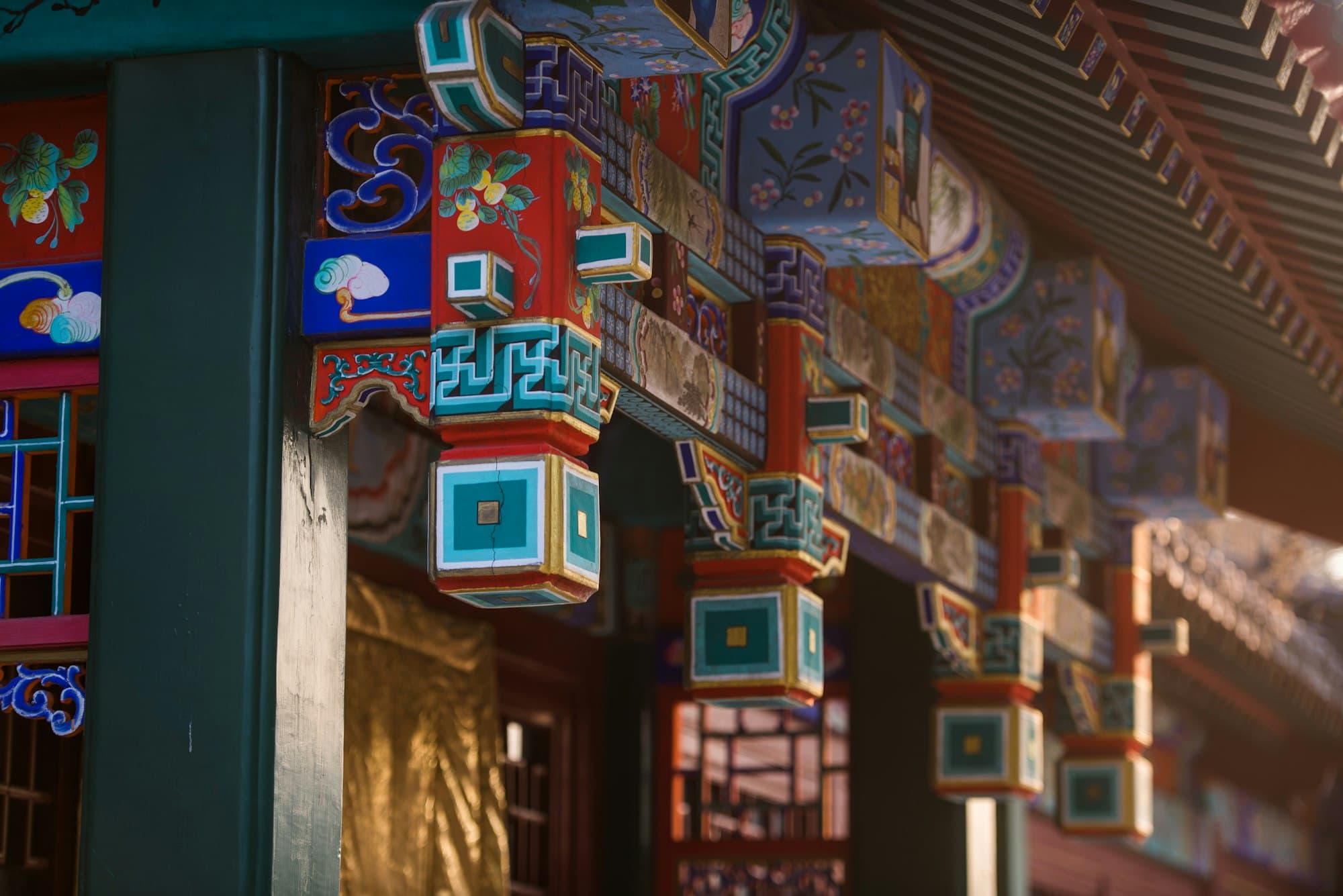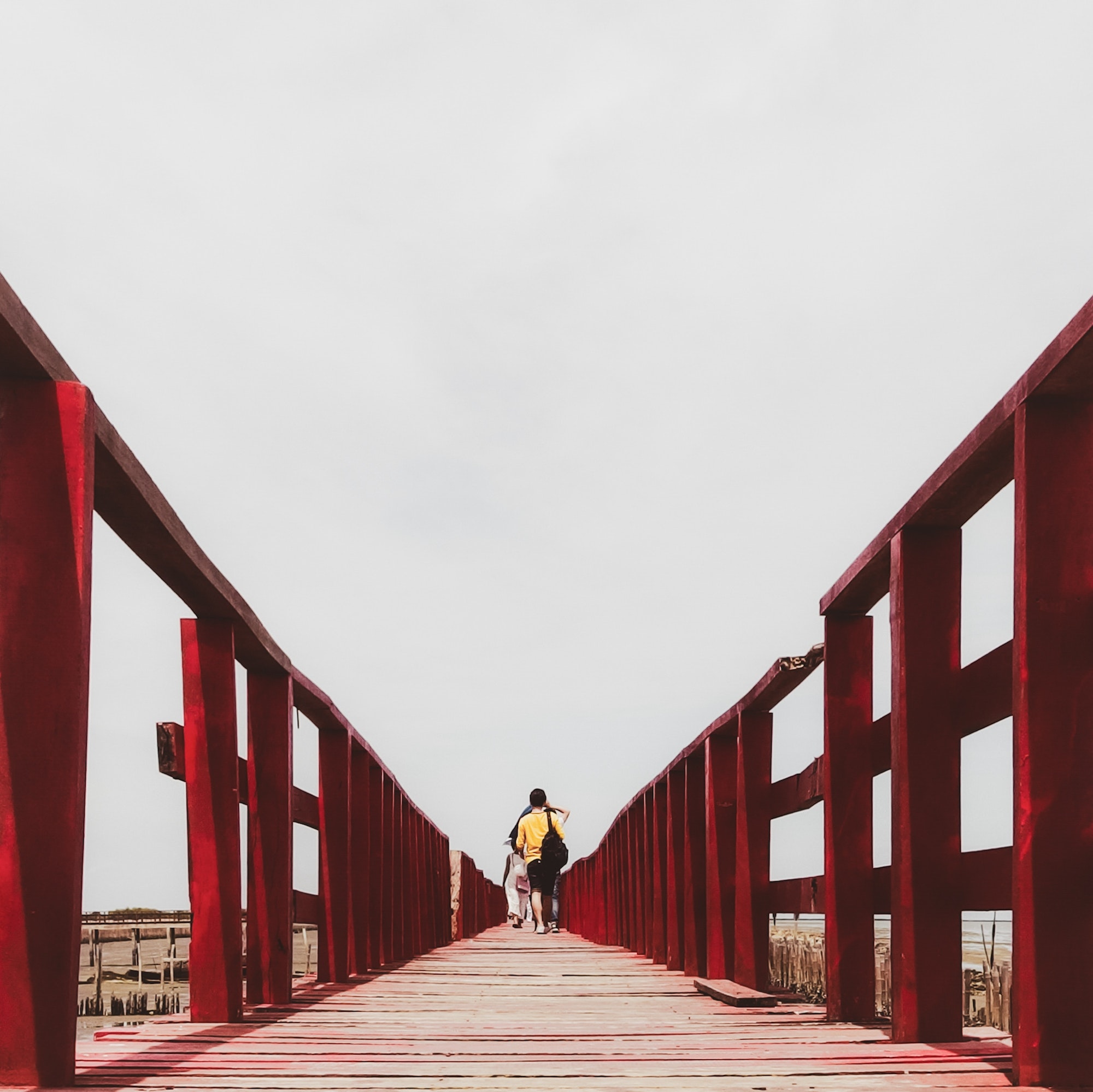
Finding and Capturing Bold Colors in Urban Environments: A Street Photographer's Guide
The Urban Color Palette
Picture yourself standing at a bustling intersection in Tokyo, surrounded by a sea of neon signs, vibrant street art, and colorful fashion. Or imagine wandering through the pastel-hued streets of Burano, Italy, where every house is a different shade of the rainbow. These urban environments are a street photographer's dream, offering a kaleidoscope of bold colors just waiting to be captured.
In this comprehensive guide, we'll explore how to find and photograph bold colors in urban settings. From seeking out colorful locations to composing shots that make colors pop, we'll cover everything you need to know to add a vibrant splash to your street photography portfolio.
The Hunt for Urban Color
Researching Colorful Locations
Before you even pick up your camera, start by researching potentially colorful urban locations. Every city has its own unique color palette, influenced by culture, architecture, and local artistic expressions.
I once met a street photographer named Maya who planned her travels based on color. She'd research cities known for their vibrant environments, like the blue-washed walls of Chefchaouen, Morocco, or the colorful favelas of Rio de Janeiro. Her resulting portfolio was a riot of color from around the world.
Timing Your Shoots for Optimal Color
The time of day can dramatically affect the colors in your urban environment. Early morning and late afternoon golden hours can bathe city streets in warm, rich hues, while the harsh midday sun can wash out colors.
A photographer friend of mine, Tom, swears by shooting during the "blue hour" just after sunset. He finds that the deep blue sky creates a perfect backdrop for the artificial lights of the city, resulting in beautifully saturated colors in his night street photography.
Weather and Seasonal Considerations
Don't let bad weather deter you – rainy days can lead to stunning reflections and saturated colors. Similarly, different seasons can bring different color palettes to the urban landscape.
I once saw a series of photographs taken in the same location throughout the year. The changing seasons transformed the color palette from the fresh greens of spring to the warm golds of autumn, offering a new perspective on the urban environment with each shot.
Composing for Color Impact
The Rule of Thirds and Color
While the rule of thirds is a well-known compositional technique, it can be particularly effective when working with bold colors. Try placing your most vibrant color elements along the intersections or lines of the grid for maximum impact.
A street photographer I admire, Lisa, often uses this technique in her work. In one striking image, she captured a woman in a bright red coat walking past a yellow wall. The woman was positioned at the left third of the frame, creating a bold and balanced composition.
Contrasting Colors for Visual Impact
Understanding color theory can help you create visually striking images. Look for complementary colors (those opposite each other on the color wheel) in your urban environment to create bold contrasts.
I once watched a photographer work a scene where a blue graffiti wall was the backdrop. He patiently waited until a person wearing orange (blue's complementary color) walked by, creating a vivid and eye-catching contrast in the final image.
Using Leading Lines to Guide the Eye to Color
Urban environments are full of leading lines – streets, building edges, railings. Use these to guide the viewer's eye towards your colorful subject.
A creative exercise I learned from a workshop is to find a colorful element in the urban landscape, then look for leading lines that point towards it. This technique can transform even a small splash of color into the star of your composition.
Techniques for Capturing Bold Colors
Exposure Considerations for Vibrant Colors
To capture bold colors accurately, pay attention to your exposure. Overexposure can wash out colors, while underexposure can make them appear muddy.
I remember struggling with this until a mentor suggested using the camera's histogram. He taught me to ensure the color channels weren't clipping at either end, which helped me capture colors more accurately in challenging lighting conditions.
Using Filters to Enhance Colors
Polarizing filters can be a street photographer's best friend when it comes to enhancing colors. They can reduce reflections and increase color saturation, especially useful on sunny days.
A photographer I know, Carlos, always carries a polarizing filter in his kit. He finds it particularly useful for deepening the blue of skies and reducing glare on wet streets after rain, allowing the colors of the urban environment to shine through.
Embracing HDR for High Contrast Scenes
In high contrast urban scenes, where you have both very bright and very dark areas, High Dynamic Range (HDR) techniques can help you capture the full range of colors.
I once saw a before-and-after comparison of a street scene at sunset. The single exposure struggled to capture both the colorful sky and the details in the shadowy street. The HDR version, however, beautifully balanced the warm colors of the sunset with the cooler tones of the street.
Finding Color in Unexpected Places
The Beauty of Urban Decay
While we often associate bold colors with new and shiny things, don't overlook the potential for vibrant hues in areas of urban decay. Peeling paint, rusting metal, and weathered posters can offer surprising bursts of color.
I once followed a street photographer through an old industrial area. Where I initially saw only grime and decay, her trained eye found stunning compositions of rust reds, weathered blues, and the occasional bright graffiti tag.
Human Elements and Color
Remember that color isn't just found in the static elements of a city. The clothing and accessories of the people on the street can provide moving splashes of color in your compositions.
A street photographer I admire, Sarah, has a knack for capturing what she calls "color coincidences" – moments where a person's outfit perfectly complements or contrasts with the urban background. Her images serve as a reminder to always be ready for these fleeting color opportunities.
Reflections and Color
Urban environments are full of reflective surfaces – windows, puddles, polished stone. These can be used to create interesting color compositions and even double the impact of bold hues in your frame.
I once saw a stunning photograph of a rainy night in Tokyo. The photographer had captured the neon signs reflected in a rain-slicked street, effectively doubling the explosion of color in the image.
Post-Processing for Bold Colors
While capturing bold colors in-camera is ideal, post-processing can help enhance and fine-tune the colors in your urban photography.
Adjusting White Balance for Mood
White balance isn't just about correction – it can be used creatively to enhance the mood of your urban color photographs. A slightly warm white balance can enhance golden hour shots, while a cooler balance can emphasize the mood of a rainy day.
Selective Color Adjustments
Tools like the HSL (Hue, Saturation, Luminance) panel in editing software allow you to target and enhance specific colors in your image without affecting others.
A photographer friend of mine, Jack, uses this technique to make his signature "neon noir" street photos. He selectively boosts the saturation of neon colors while slightly desaturating the rest of the image, creating a moody yet vibrant look.
To End Things
Urban environments offer an endless canvas of bold colors for the observant street photographer. From the obvious neon signs and street art to the subtler hues of urban decay and fleeting human moments, there's always color to be found if you know how to look for it.
Remember, capturing bold colors in urban environments is as much about developing your "color vision" as it is about technical skills. Train yourself to see the interplay of colors around you, to anticipate colorful moments, and to compose your shots in a way that makes those colors sing.
As you venture out into the urban jungle with your camera, keep your eyes open for those bursts of color that tell the vibrant story of city life. Whether it's a boldly painted wall, a colorful character, or the interplay of light and shadow, let color be your guide to creating compelling urban street photography.
Now, armed with these tips and techniques, go forth and paint your urban canvas with all the bold colors the city has to offer. The streets are waiting, awash in a rainbow of photographic possibilities.


